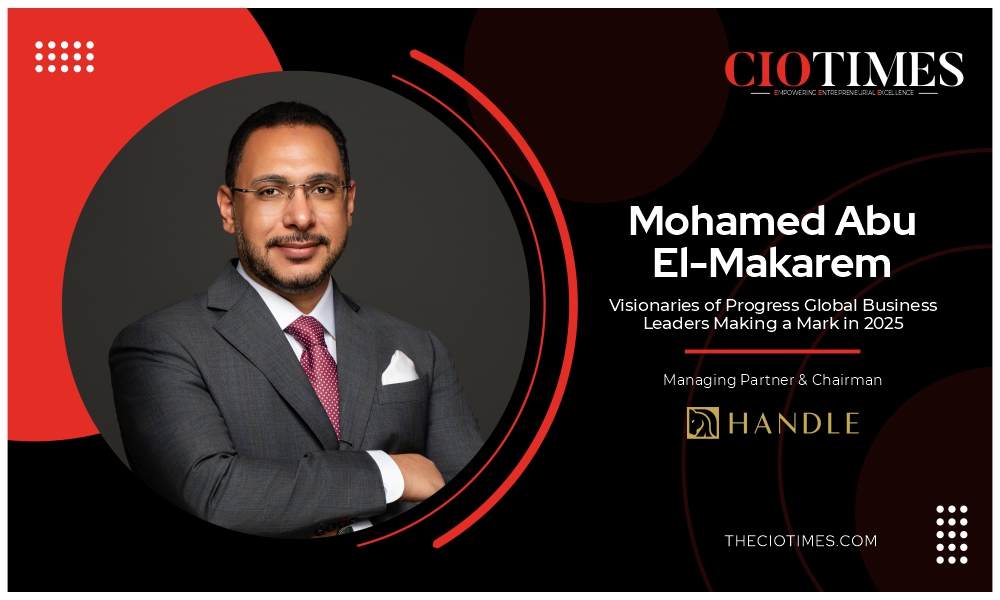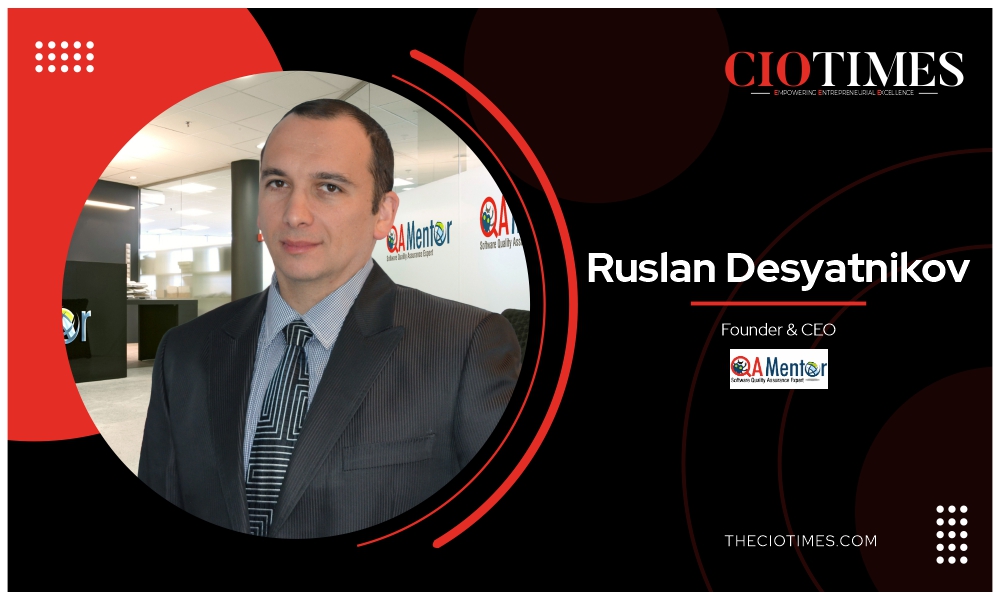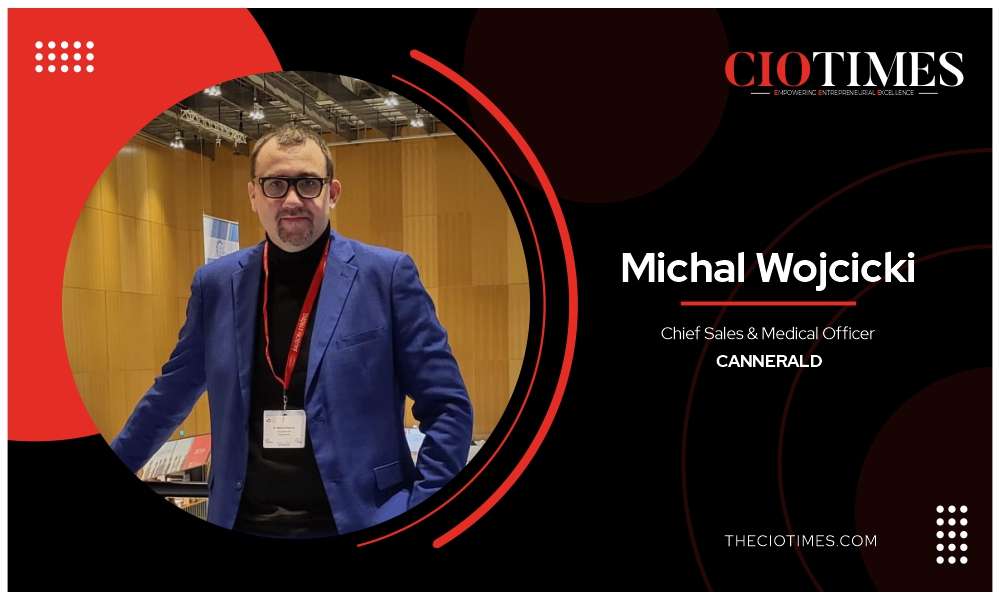The world is witnessing a remarkable transformation—a surge of women leaders stepping into roles that are reshaping industries, communities, and even the way we perceive leadership itself. These leaders are not just breaking barriers; they are setting new standards for what it means to lead with purpose, empathy, and innovation.
Female leadership today is defined by its resilience, adaptability, and a deep understanding of the human aspect of any challenge. It’s about inspiring change while staying true to one’s values, and it’s about leveraging every tool available—technology, collaboration, and creativity—to make a difference.
At the forefront of this movement is Gladyse Taylor, a leader whose story embodies the essence of innovation and the transformative power of public service. Gladyse is not only a visionary in her approach but also a pragmatic leader who understands the importance of modernizing systems to serve people better.
Her career is a testament to how technology and innovation, when placed in the hands of a compassionate leader, can lead to meaningful change. Gladyse’s journey through the corridors of public service, finance, and corrections is an inspiring example of how to navigate complex challenges while keeping the well-being of the community at the center.
As the Project Management Director at the State of Illinois, Gladyse has spent her career transforming ideas into impactful realities. Her story takes us from the corporate world of financial operations to leading transformative initiatives in public safety and human resources. It’s a journey driven by an unwavering commitment to making the world a better place, one initiative at a time.
The Path to Transformational Leadership
Gladyse’s career began in finance, where she worked in financial reporting for the Quaker Oats Company before their acquisition by PepsiCo. She then moved to Soft Sheen Products (L’Oreal), where she spent 20 years managing financial operations for their in-house advertising agency. During this period, Gladyse also contributed to Soft Sheen’s brand campaigns, managing photo shoots for print and packaging. After Soft Sheen was acquired by L’Oreal, she became part of the Division’s Finance Group.
When L’Oreal decided to move Soft Sheen operations to the East Coast, an unexpected opportunity arose. The State of Illinois considered Gladyse and her colleagues for Chief Fiscal Officer positions across state agencies. Thus began her journey into public service, where she has held numerous roles, including Deputy Director at the Governor’s Office of Management and Budget (GOMB) and Chief Fiscal Officer at the Department of Corrections (IDOC). Her varied experience within the State of Illinois allowed her to contribute significantly to multiple aspects of public administration, from managing operating budgets to overseeing public safety initiatives.
Gladyse started at IDOC as a contract employee in 2005 and quickly transitioned to a state employee. Her first assignment was to coordinate the consolidation of fiscal and human resource operations across Illinois’ Public Safety Agencies under a shared services model. Just six months later, she took on the role of Deputy Director at GOMB, leading the development of the state’s operating budget—a substantial $53 billion over her five-year tenure. Her adaptability and financial acumen became invaluable assets during these formative years.
Leading with Vision
Gladyse stands apart as a leader who approaches every challenge with an entrepreneurial mindset. Her experience at Soft Sheen/L’Oreal taught her the value of excelling in her role, and she has carried this lesson with her throughout her public service career. “I’ve used these guiding principles as encouragement for every team that I participate in,” she says.
Her leadership philosophy is deeply rooted in collaboration and empowerment. Gladyse believes in fostering a work environment where everyone feels valued and where contributions from all levels are encouraged. Her approach to leadership is one that inspires, motivates, and drives her teams to excel, not just as individuals, but as cohesive units working towards a shared goal.
Building Bridges in Public Service
When Gladyse joined the Illinois Department of Corrections, she quickly realized that the organization was operating in silos, which hindered progress and collaboration. Determined to change this, she initiated monthly town hall meetings with senior staff from across all disciplines within the 12,000-person agency. These meetings became a platform for open communication, where staff could discuss challenges, share solutions, and work towards elevating cross-functional success.
“I believe that success is dependent on sharing both attributes and concerns with every discipline of the business,” she notes. By fostering transparency and encouraging dialogue, Gladyse helped break down barriers and ensured that the agency operated with a unified vision. Her ability to bring people together, even in the most challenging environments, is a testament to her leadership and her commitment to driving positive change.
Navigating Crisis with Clarity
One of the most significant challenges Gladyse faced in her career came in 2010, when the Illinois Department of Corrections was under intense public scrutiny for the early release of individuals in custody. The lack of data and transparency regarding the release of these individuals led to widespread public outcry. In response, Gladyse was part of a team assigned by the Governor’s Office to manage the situation and restore public trust.
Recognizing that the department’s outdated offender and juvenile tracking systems were a major impediment to effective corrections operations, Gladyse spearheaded the effort to replace the antiquated systems with a state-of-the-art offender management system. This project, known as IIC (Individuals in Custody) 360, modernized the department’s capabilities by automating workflows, ensuring data accuracy, and enabling real-time information sharing across agencies.
The implementation of IIC360 was no small feat—it required navigating political, administrative, and legislative changes over several years. Yet, Gladyse’s dedication and leadership saw the project through to completion, ultimately providing a comprehensive, data-driven solution that improved efficiency, reduced costs, and ensured the safety and well-being of those in custody.
IIC360 not only addressed the immediate crisis but also laid the groundwork for a more transparent and efficient correctional system in Illinois. Gladyse’s efforts have been instrumental in ensuring that the Department of Corrections can effectively evaluate individuals in custody, prevent re-offending, and provide a higher standard of care and rehabilitation.
Her career is marked by a series of professional milestones that demonstrate her ability to lead with a vision, adapt to change, and deliver results. Whether it was managing the state’s $53 billion budget or overseeing critical reforms at the Department of Corrections, Gladyse has consistently shown that true leadership is about making decisions that benefit not just the organization, but the community at large.
Beyond the Office
While Gladyse’s professional accomplishments are impressive, there is much more to her than her career. She is a person who values lifelong learning and personal growth. When asked about her favorite book, she names On Her Own Ground: The Life and Time of Madam C.J. Walker, a story that resonates deeply with her for its portrayal of a successful African American woman who thought for herself and made decisions that impacted her community.
Gladyse describes herself as “curious” and believes that there is something new to learn every day—a mindset that has undoubtedly contributed to her success. She also recognizes the importance of working with her natural rhythm; for her, this means tackling her most challenging tasks early in the morning when she is at her mental and physical best.
She is humbled by the recognition she has received throughout her career, and she continues to offer advice and guidance based on her extensive experience in public service.
Gladyse’s advice for aspiring women leaders is powerful: “Do not lose sight of your dreams or aspirations. It often takes time, but eventually, someone is listening and paying attention to your efforts.”
Shaping the Future of Public Service
Looking to the future, Gladyse Taylor remains committed to driving innovation and collaboration within the public sector. Her vision is to convince other public sector entities of the value of shared communication through IT solutions.
She believes that effective communication is not only key to improving operational efficiency but is also essential to fostering a better understanding of the public and advancing social justice reform.
Gladyse’s journey is a testament to the power of resilience, adaptability, and a genuine desire to make a difference. As she continues to share her insights and experiences, she remains an influential figure in public service, a visionary leader who has dedicated her career to improving the lives of others, one initiative at a time.





